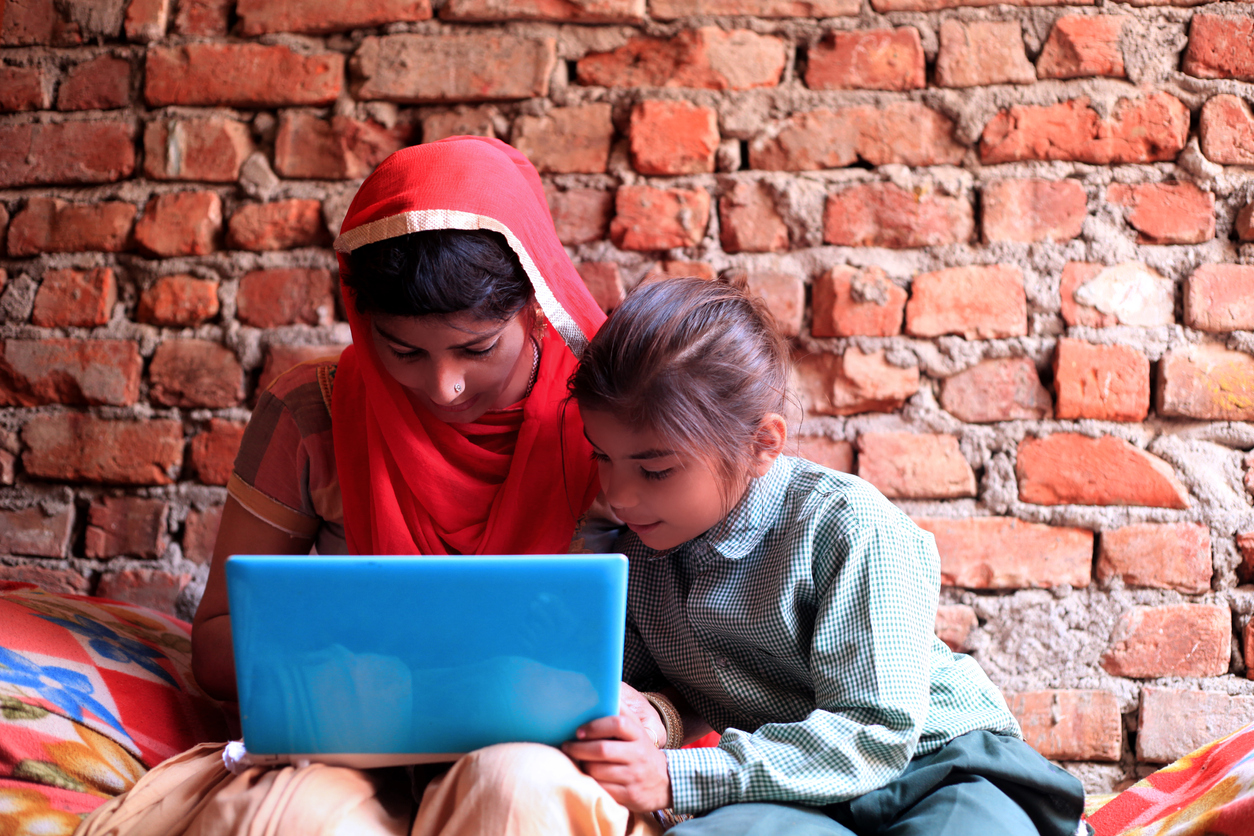According to the Economic Survey of 2018, the penetration of life insurance policies in India was a low 3.49 per cent. The figure denotes the ratio of the value of premiums paid to the gross domestic product of the economy. This figure is low compared to many other nations. For instance, in Japan and South Korea, the corresponding figures are close to 7 per cent. According to the Insurance Regulatory and Development Authority of India, the total number of life insurance policy holders in 2017-18 was 28.2 million. Of this total, only 32 per cent were women. Hence not only is the penetration low but the gender gap is also substantial.
Gender gaps abound in India in various aspects of life, such as income and wealth, access to adequate nutrition, health services and education. This particular gap regarding life insurance has a number of implications that are worth noting. Typically for working men with spouses as homemakers, the life-assured person is the male with the spouse as the nominee. The male income earner gets a tax advantage, if applicable. The demise of the non-insured spouse is not taken as a risk because the cash income of the household is not affected. However, what is not realized in a society where women are discriminated against is that the cash outlay of the household goes up because the work the lady of the house used to do would have to be outsourced to paid workers. Hence the overall expenses of the household would rise. In India, financial planning and saving for the future are not done with care and concern. In poor families, risk is so pervasive that it often becomes a part of life and outcomes are treated as inevitable destiny. In middle class homes, the lives of non-working spouses are not treated as a component of future risk. If the women of the household are part of the savings scheme at all, it is usually geared towards the accumulation of adequate wealth for their wedding expenses that need to be met. There is a deeper question hidden here; what is the worth of the life of a homemaker? It is revealed (in the risk management strategies adopted by households) to be pretty low. This reflects social prejudice coupled with faulty economic reasoning. Covering risk is an essential part of financial planning. Like many other things in the nation, it remains skewed against women.











